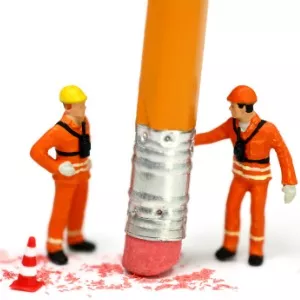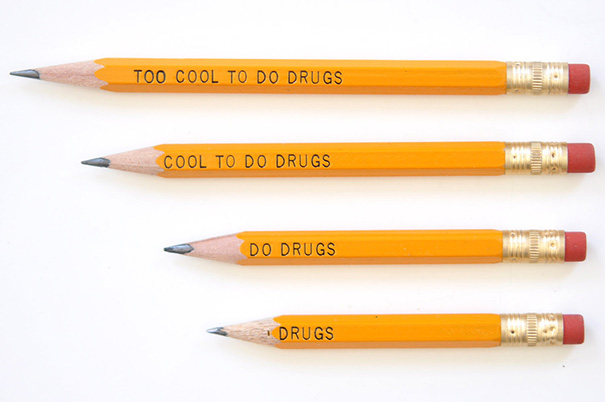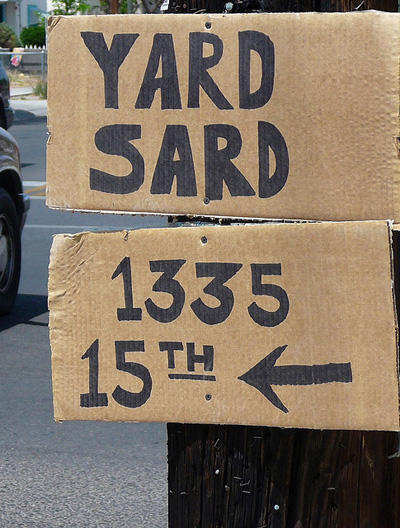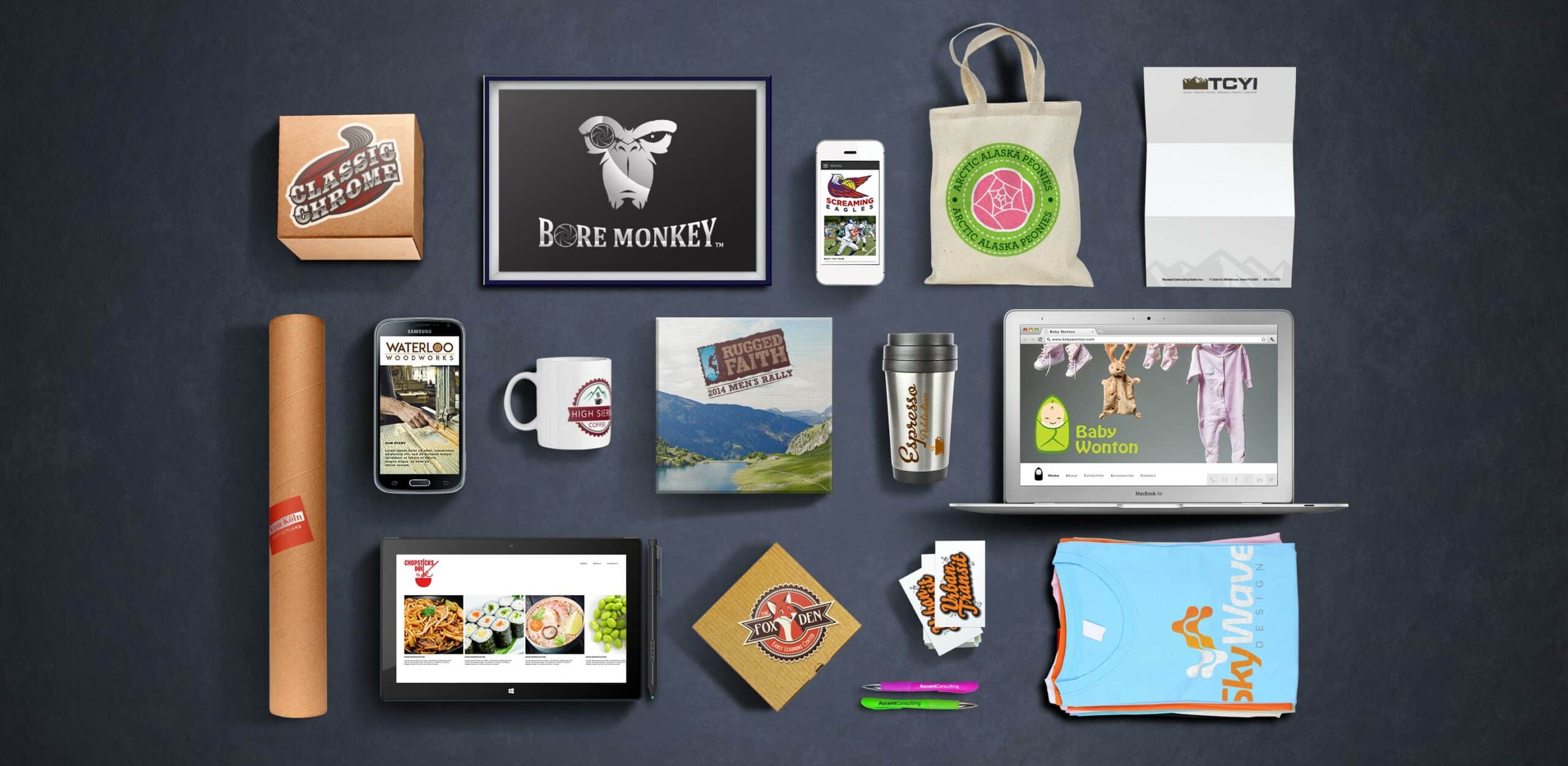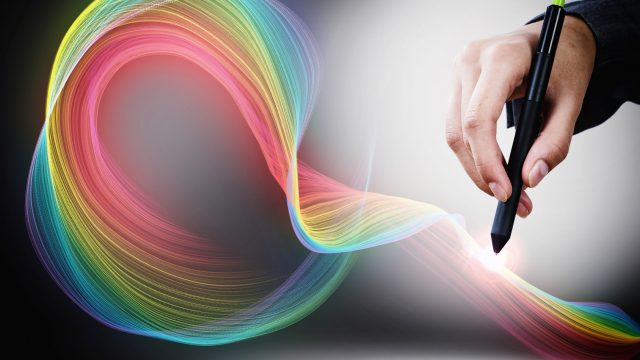Most companies experience design flops and logo design mistakes at least once in their business lives. Often, these mistakes come from simple inexperience. These companies might be surprised to find out that a lot of these flops are avoidable, however. Think about the most painful design memory you have – whether it’s a terrible business card, logo, or website – and take a great big breath. It’s okay – having a bad experience with design happens to the best of us, and it just happened to be your turn.
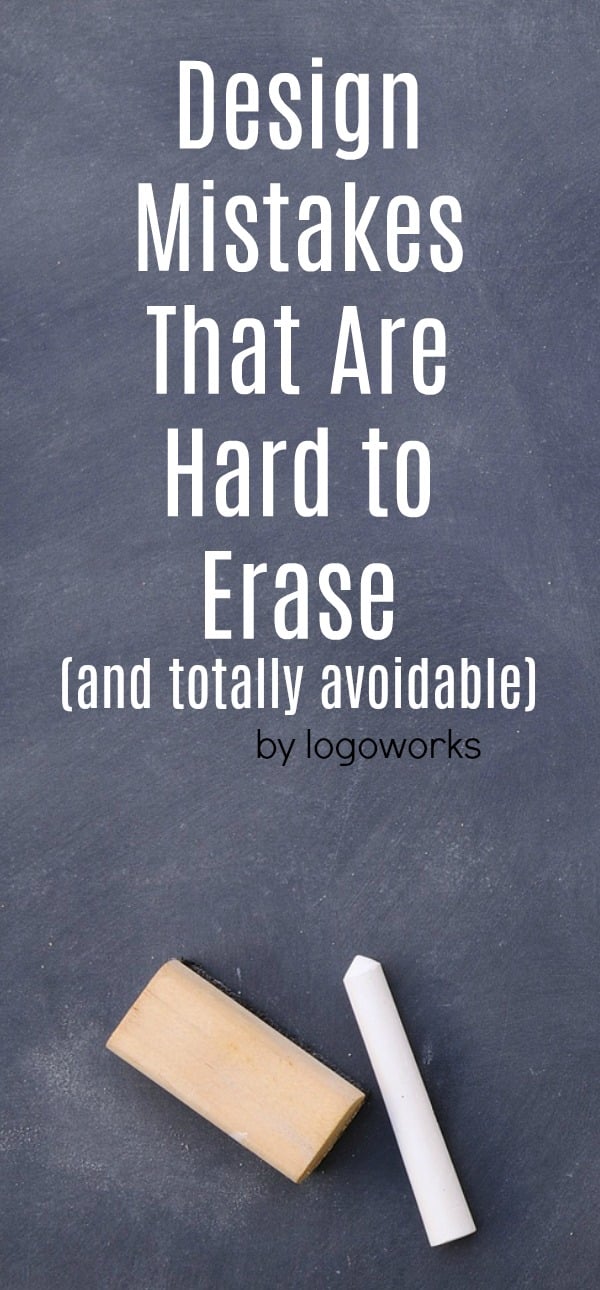
But like we mentioned above, a lot of these bad experiences are avoidable (at least a second time!) with a little solid thinking. Let’s check out a few things you can do next time to smite the ghosts of terrible designs of the past – or just avoid logo design mistakes of the future.
Using Amateur Software to Create Something for a Professional Company
With the onset of the internet, things you used to have to learn in school or from an encyclopedia have become accessible with a two-second voice command or a couple of taps of a screen. In seconds, you can learn about the world – and design, too. This is probably the number one logo design mistake – trusting an amateur with your company’s image.
While not all untrained or inexperienced designers are bad designers, sometimes they make newbie mistakes. While not all logo and website making tools are bad, most of them are generic. Information may be free, but the experience still isn’t.
Maybe you wind up with a raster image, or one done with a free vector program like Inkscape, or maybe the mistakes aren’t immediately apparent to an untrained eye. Simply put, there’s just no substitute for professional design work. If you notice a mistake suddenly, or you realize the designer (or design tool) did shoddy work and made a huge mistake, there’s often no recourse.
Too Much Trend, Not Enough Thought
Professional and novice designers make these logo design mistakes and general design mistakes all of the time: they go with the trend. Being trendy isn’t necessarily a bad thing, and in fact, including trendy or cutting-edge elements in your designs is a good thing. But just because a design works for one company doesn’t mean it’ll work for you, even if you and the other company do the exact same thing. Doing the same thing doesn’t mean you’re going to do it in the same way, or have the same clients.
Giving your designer modern-day inspiration is definitely a fine way to go, but remember that ultimately, your designer should have the choice which elements to include to make your image as evergreen as possible.
Free Image Dependence
Listen, pictures and vectors and other images are just not that cheap. In fact, they’re ludicrously expensive most of the time (hey, everyone deserves to get paid fairly for their work). We understand why it may be tempting to use “creative commons” photos for quick and easy projects. Sometimes, however, using these images can not only lower the overall quality of your design, but there is a risk of lawsuit later if the owner recognizes their work in something that you did.
Exclusive usage, while it doesn’t guarantee that the image won’t be used elsewhere, does guarantee that if your image is spotted that the original owner cannot take legal action against you. You paid for it, after all.
If you do use free images, limit your use of them as much as you can.
Not Thoroughly Proofing Your Designs
Designers are good at design, but they aren’t necessarily spelling or formatting champions. Even if they are, it’s easy to skip right over a spelling mistake when you’re preoccupied with the overall look and not the words.
Yeah. Failing to proofread a design before making it live can result in really, really embarrassing mistakes. OBVIOUSLY you know the word is “of”. We all know that’s how you spell “of”. But sometimes, “ove” happens.
Read whatever you’re reading from back to front so that your mind has to think about every word before it glazes over it. This will help a lot with very real, very correctable mistakes.
In the end, remember to relax and enjoy the professional, spelled correctly, paid for design.

